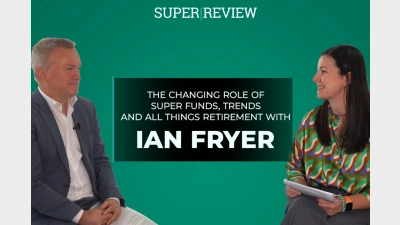Can APRA get its heatmaps right?



When the Australian Prudential Regulation Authority (APRA) generates its next superannuation fund heatmaps it would do well to have addressed all the shortcomings identified after it published its first heatmaps in December, last year.
What has emerged in the many weeks since APRA published its first iteration of the heatmaps on 10 December, last year, is that there were gaps in its process and flaws in its data such that a number of superannuation funds appeared quite justified in challenging the assessments handed to them by the regulator.
And, hardly surprisingly, the likelihood of these very flaws were identified weeks before the regulator released the heatmaps, as indicated by participants in the Super Review roundtable conducted during last November’s Association of Superannuation Funds of Australia (ASFA) national conference, in Melbourne.
Putting aside some of the inconsistencies identified in the inaugural heatmaps exercise, it is interesting to note that the roundtable participants accurately predicted where the anomalies were likely to arise – namely around the relative weightings given to investment performance versus service provision, versus insurance.
Anomalous data could not so easily have been predicted but this is an area that the regulator must address as a priority if its heatmaps are to gain the acceptance they need across the industry.
Also identified ahead of the publication of the heatmaps was the issue of the actual investment objectives of individual superannuation funds based on their membership demographics with a number of superannuation funds quite legitimately focused on capital preservation.
The objective of APRA in developing the heatmaps was to improve superannuation transparency and accountability with the regulator’s deputy chair, Helen Rowell, claiming it was intended to help drive improvements across the industry by highlighting which MySuper products are underperforming and where they need to improve.
These are laudable objectives but it has always been incumbent on APRA to ensure that its data and assumptions are accurate and that when it comes to assessing the relative of performance of superannuation funds it acknowledges that one size does not fit all and that the needs of most members of REST will be very different to those of, say, Catholic Super.
In circumstances where APRA intends in the future to apply heatmaps to choice products, it is imperative that it satisfactorily and consultatively resolves the issues which have been identified with its first efforts around MySuper before moving on to a vastly more challenging exercise.
Australian superannuation fund members and consumers generally would greatly benefit from a non-commercial regime which allows them to easily compare superannuation funds but the APRA heatmaps can only fulfil that role if the regulator can deliver a bullet-proof methodology underpinned by bullet-proof data.
That is the test for APRA and Helen Rowell when the next heatmaps are released.
Recommended for you
In this Super Review Product Spotlight episode, host Maja Garaca Djurdjevic speaks with Ian Fryer, general manager at Chant West, to discuss the latest developments in superannuation.
In this new Super Review Product Spotlight episode, host Maja Garaca Djurdjevic is joined by Ian Fryer, the general manager at Chant West. Together, they explore Chant West's enduring reputation in the industry and share insights on the imminent changes in the super landscape.
While the last two years have been challenging for the superannuation industry, there is more to come in 2022 and super funds will need to rise up to the challenge.
With 20/20 hindsight, the disengagement which occurred with the introduction of the MySuper regime was a mistake which now needs to be urgently corrected.








